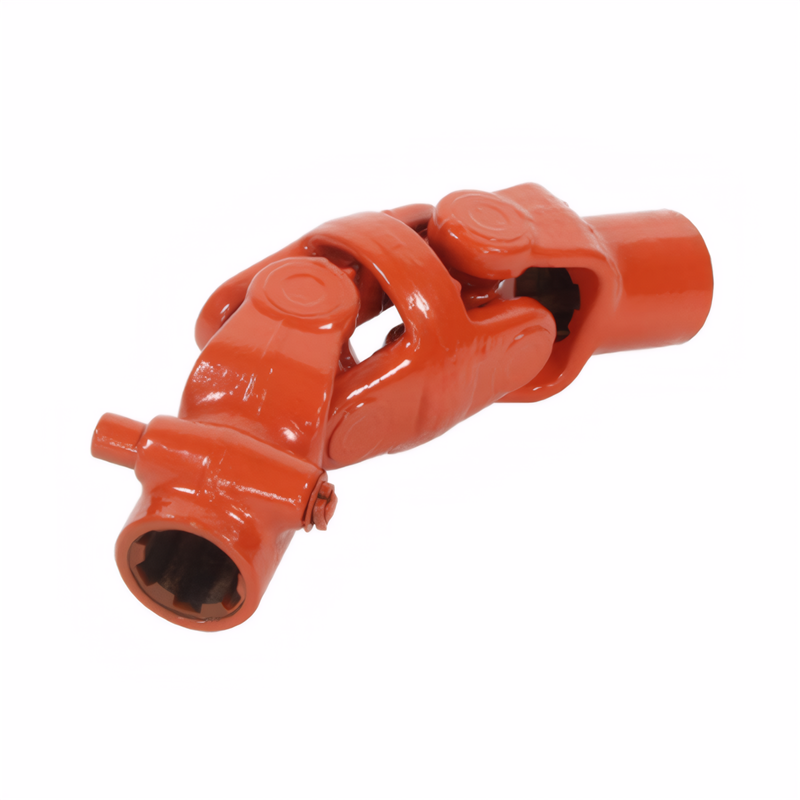The cleaning method for the splined shaft of the drive shaft
Effective Cleaning Techniques for Drive Shaft Spline Shafts
Maintaining clean spline shafts on drive shafts ensures proper engagement and extends component lifespan. Contaminants like dirt, old grease, and metal particles can accelerate wear and cause operational issues. Implementing systematic cleaning procedures removes these harmful substances without damaging the spline surfaces.
Initial Preparation and Safety Measures
Before starting any cleaning process, secure the drive shaft assembly to prevent movement during handling. Wear protective gloves and eye gear to avoid contact with cleaning chemicals and debris. Position the shaft on a stable workbench with adequate lighting to inspect all spline surfaces clearly.
Workspace Setup Requirements
- Ventilation: Ensure proper airflow when using solvent-based cleaners
- Containment: Use drip pans to catch cleaning fluids and prevent environmental contamination
- Tool organization: Arrange brushes, rags, and containers within easy reach
This preparation phase creates an efficient and safe working environment for thorough spline cleaning.
Mechanical Cleaning Methods
Physical removal of contaminants forms the first cleaning stage. Start with a stiff-bristled nylon brush to dislodge loose particles from spline grooves. For stubborn deposits, use a brass wire brush in a single direction along the spline axis to avoid rounding tooth profiles.
Brushing Technique Considerations
- Pressure application: Maintain consistent force to prevent spline damage
- Stroke direction: Align brush strokes with spline orientation
- Coverage area: Clean all visible surfaces including root areas between teeth
After brushing, use compressed air at 60-80 PSI to blow out remaining particles from deep grooves. Hold the nozzle 2-3 inches from the surface and move systematically across all splines.
Solvent-Based Cleaning Procedures
For grease and oil contamination, solvent immersion provides effective removal. Submerge the spline end in a suitable cleaning solution for 15-20 minutes to dissolve hardened lubricants. Avoid chlorinated solvents that may damage protective coatings on modern drive shafts.
Solvent Selection Criteria
- Biodegradability: Choose environmentally friendly options when possible
- Flash point: Use solutions with flash points above 100°C for safety
- Compatibility: Verify solvent won't react with shaft materials
After immersion, use a clean lint-free cloth to wipe all spline surfaces. Rotate the shaft during wiping to access all engagement areas.
Final Inspection and Drying
Complete the cleaning process with thorough inspection and drying. Examine splines under magnification (3-5x) to detect remaining contaminants or surface damage. Pay particular attention to root radii where stress concentrations occur.
Drying Techniques
- Air drying: Allow 30 minutes for solvent evaporation in well-ventilated areas
- Heat acceleration: Use low-temperature heat guns (below 100°C) for rapid drying
- Moisture removal: Wipe with dry, absorbent cloths if water-based cleaners were used
Before reinstallation, apply a light coating of compatible lubricant to prevent corrosion during storage. Store cleaned spline shafts horizontally on padded supports to maintain alignment.
 The inspection method for the
The inspection method for the
 Symptoms of wear of the univer
Symptoms of wear of the univer
 Analysis of the Causes of Abno
Analysis of the Causes of Abno
 The ability of the drive shaft
The ability of the drive shaft
 简体中文
简体中文 English
English
